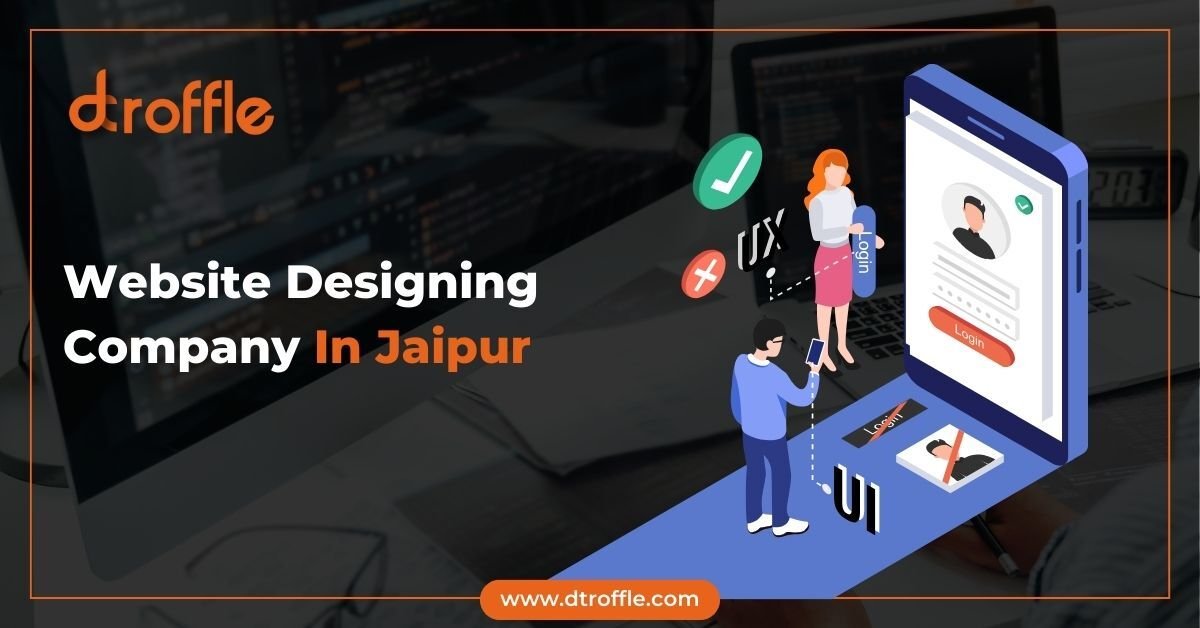An effective landing page can significantly impact your digital marketing success. It’s designed to convert visitors into leads or customers by offering a focused and compelling experience. To maximize the effectiveness of your landing page, consider the following key attributes and tips for optimizing the landing page experience:
1. Clear and Compelling Headline
Your headline is the first thing visitors see when they land on your page. It should be clear, concise, and directly related to the offer or message you’re promoting. A compelling headline grabs attention and encourages users to stay on the page.
Tip: Ensure your headline aligns with the ad or link that brought visitors to your landing page. Use strong, action-oriented language that conveys the value of your offer.
2. Focused and Relevant Content
The content on your landing page should be focused on a single objective. Avoid clutter and distractions by keeping the content relevant to the primary goal of the page, whether it’s to capture leads, promote a product, or encourage sign-ups.
Tip: Use bullet points or short paragraphs to present key information succinctly. Highlight the benefits and features of your offer to engage visitors effectively.
3. Persuasive Call-to-Action (CTA)
Your CTA is crucial for driving conversions. It should be prominent, clear, and compelling. A well-designed CTA button encourages visitors to take the desired action, whether filling out a form, downloading a resource, or purchasing.
Tip: Use contrasting colors for your CTA button to make it stand out. Include action-oriented text such as “Get Started,” “Download Now,” or “Sign Up Today.”
4. User-Friendly Design
A clean and user-friendly design enhances the overall landing page experience. Ensure your landing page is visually appealing, easy to navigate, and optimized for all devices, including mobile phones and tablets.
Tip: Use high-quality images, maintain a consistent color scheme, and ensure the layout is organized and easy to follow. Avoid overwhelming visitors with too much text or too many elements.
5. Trust Signals and Social Proof
Incorporating trust signals and social proof can increase credibility and encourage visitors to take action. This includes customer testimonials, reviews, case studies, or trust badges from reputable organizations.
Tip: Place testimonials or reviews near your CTA to reinforce the value of your offer. Display any relevant certifications or security badges to build trust with your audience.
6. Fast Loading Speed
Page speed is critical for user experience and conversion rates. A slow-loading landing page can lead to higher bounce rates and lost opportunities. Optimize your landing page to ensure it loads quickly and efficiently.
Tip: Compress images, use browser caching, and minimize the use of heavy scripts to improve loading times. Test your page speed using tools like Google PageSpeed Insights and make necessary adjustments.
7. Effective Forms
If your landing page includes a form, ensure it is easy to fill out and only asks for essential information. A long or simple form can prevent visitors from completing it. Could you keep it simple?
Tip: Use form fields that are relevant to your goal and minimize the number of required fields. Consider using autofill options or progress indicators for longer forms.
8. A/B Testing
A/B testing allows you to experiment with different landing page versions to determine which elements perform best. Test various headlines, CTAs, images, and layouts to identify the most effective combination for your audience.
Tip: Set up A/B tests using tools like Google Optimize or Optimizely. Analyze the results and make data-driven decisions to improve your landing page performance continuously.
9. Clear Navigation and Exit Options
While landing pages are designed to focus visitors on a single goal, it’s important to provide clear navigation and exit options in case users want to explore more. Avoid creating a dead-end experience, but ensure that the primary CTA remains the focal point.
Tip: Include a visible but secondary navigation link or a clear exit option for users wanting to return to your main site. Ensure these options are focused on the primary conversion goal.
10. Mobile Optimization
With the increasing use of mobile devices, optimizing your landing page for mobile is essential. Ensure your landing page provides a seamless experience across all screen sizes and devices.
Tip: Use responsive design techniques to adapt your landing page layout for mobile users. Test your landing page on various devices to ensure it looks and functions well on all platforms.
Conclusion
Creating a practical landing page experience involves focusing on key attributes such as a clear headline, relevant content, persuasive CTAs, and user-friendly design. You can improve conversions and achieve your marketing goals by implementing these tips and continuously optimizing your landing page. Consider partnering with a trusted website designing company in Agra to ensure your landing page experience is comprehensive and practical.









